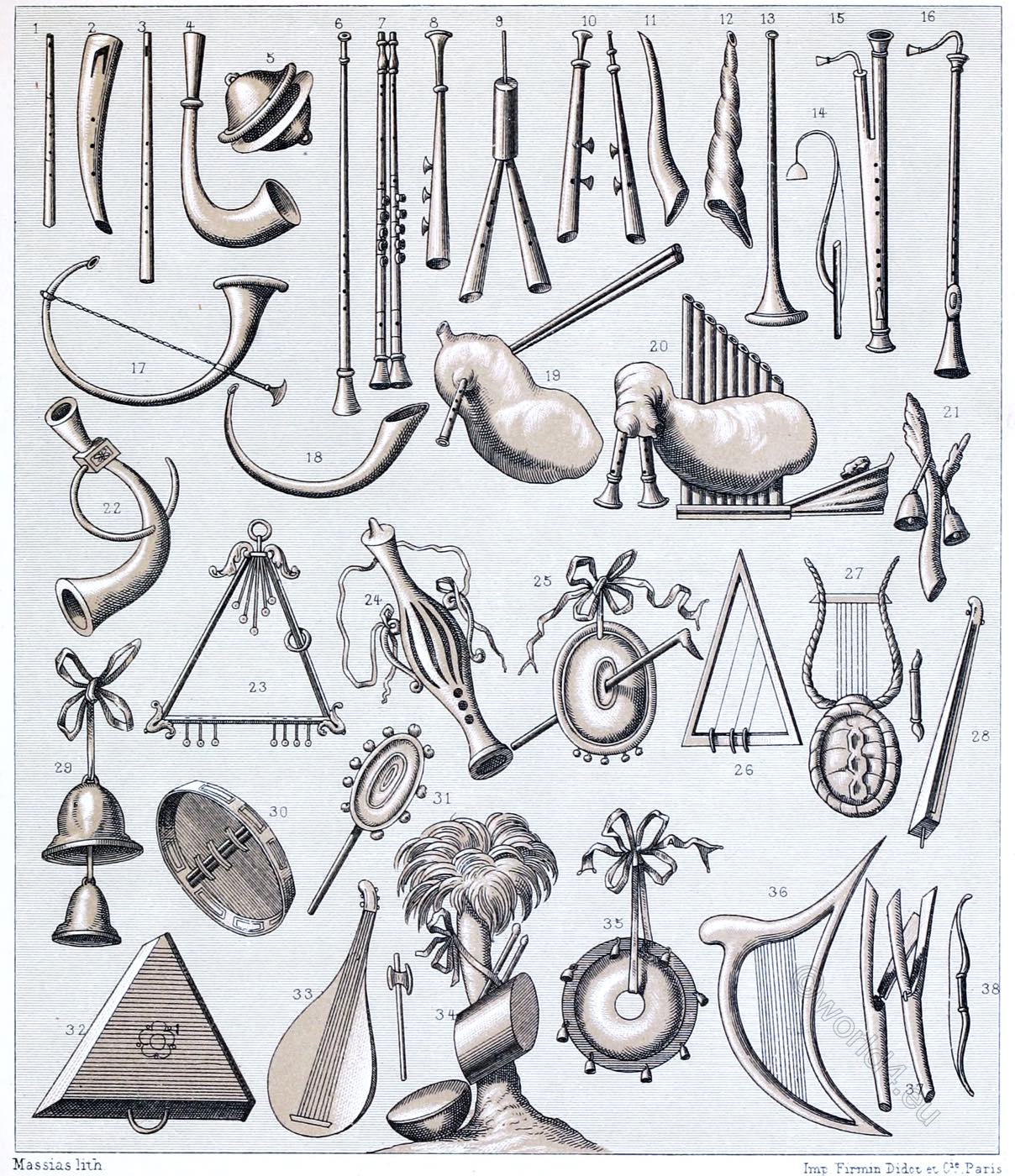Agnes of Rome or Saint Agnes (born c. 291 and died 304 or 305) is venerated in various denominations as a martyr, consecrated virgin and saint; celebrated on 21 January according to the Roman Martyrology as a martyr of purity. Her main attributes are a white lamb, the palm of martyrdom, an olive branch or crown, a sword or dagger and a burning pyre. Her name comes from the Greek Agnos, which means chaste or pure. In Spanish, her name is Santa Inés.
SAINT AGNES.
AGNES holds a high rank among the saints of the Roman Catholic calendar, not less for her chas- tity and fortitude, than for the extreme youth at which she is said to have embraced the Christian faith, and suffered martyrdom for her attachment to it. The outline of her story seems to rest upon good authority, but the details of her legend are of very doubtful authenticity.
She was a Roman virgin, and was only thirteen years of age at the time of her death, in 304 or 305, soon after the beginning of the sanguinary persecution of Dioclesian. Her extreme beauty had attracted the attention of one of the persecuters; and, on her refusal to countenance his proposals, he denounced her as a Christian.
After having been exposed to every species of brutal insult, she was beheaded by the common executioner. Her festival, the anniversary of her martyrdom,is held on the 21st of January; and it was, in popish times, held as a holiday for the women in England.
The figure of this saint is copied from a painting by Lucas Van Leyden, the friend of Albert Duerer. The original painting forms the central pannel of a large triptich, which was formerly in the palace of Schleisheim, but has been latterly removed to the Royal Gallery at Munich. Lucas Van Leyden, one of the most celebrated of the Dutch painters of the beginning of the sixteenth century, and who was famous for the precocity of his genius, died in 1533, at the early age of thirty-nine, leaving behind him a great number of paintings and engravings, for he excelled in both branches of the art.
The saint is remarkable for the richness of her dress, which, with the hangings behind, remind us rather of the magnificence and splendour of the days of papal rule, than of the simplicity of the primitive ages. Even the book, by the little we can see of the upper border of the leaves, seems to be intended for an illuminated missal.
Her glove, according to the custom of the age of Lucas, has an opening in the finger to show the richness of the jewel which adorns her ring. The lamb, which the artist has here introduced, is intended to be emblematical of her name. The monks were very partial to these punning explanations of the names of their saints, taken from different languages; and they failed not to observe that the name of this virgin martyr not only in Greek indicated the chastity for which she suffered (ayvrjg, ayvoc, chaste); but that in Latin it represented a lamb (agna), for she was “humble and debonayre as a lambe.” (Golden Legend).
The specimen of an ornamental pavement, at the foot of the preceding page, is taken from a MS. of the fifteenth century in the Royal Library at Paris (No. 6851). The cut at the foot of the present page, representing a domestic altar, was furnished by a MS. of the Bodleian Library, at Oxford.
Source: Dresses and decorations of the Middle Ages by Henry Shaw (1800-1873); William Pickering (Firm). London : W. Pickering, 1843.
Discover more from World4 Costume Culture History
Subscribe to get the latest posts sent to your email.










